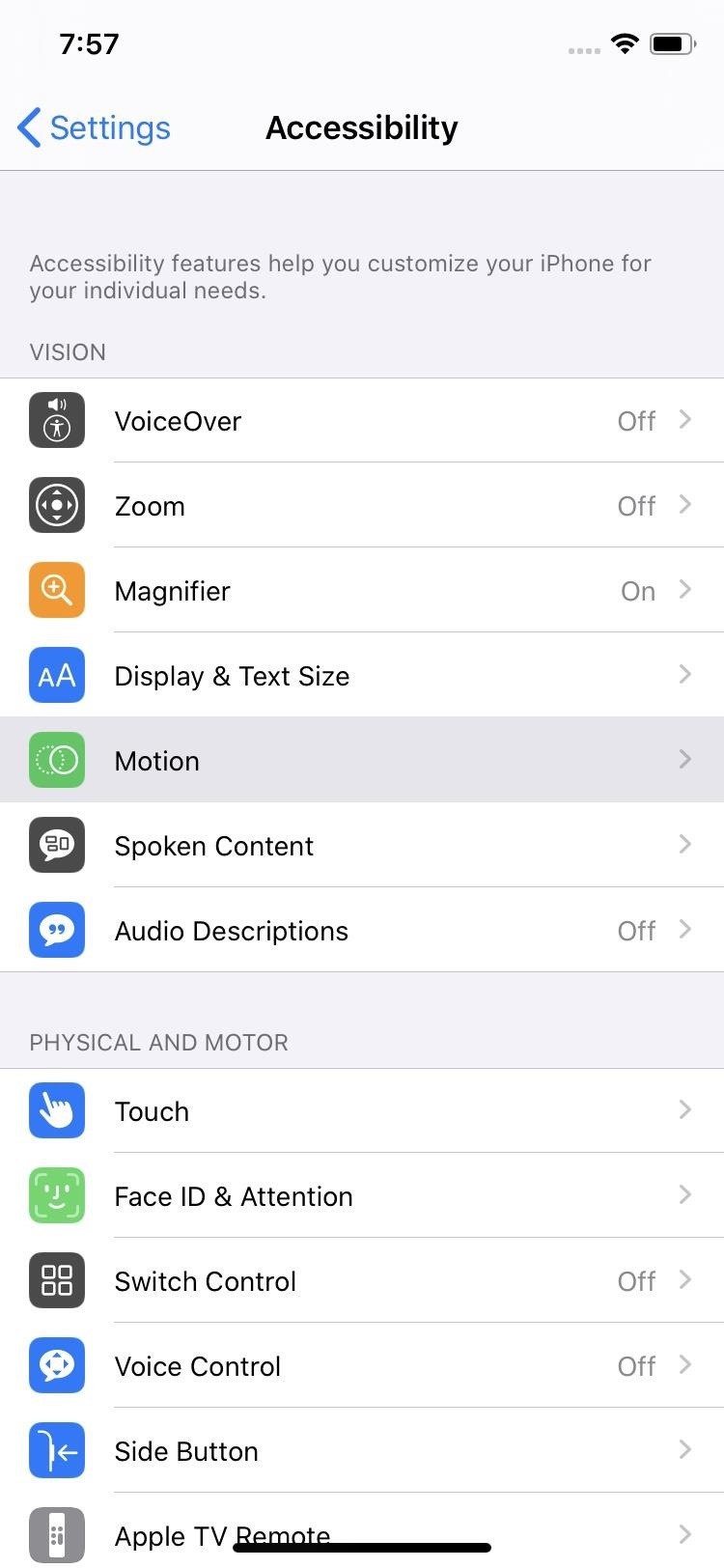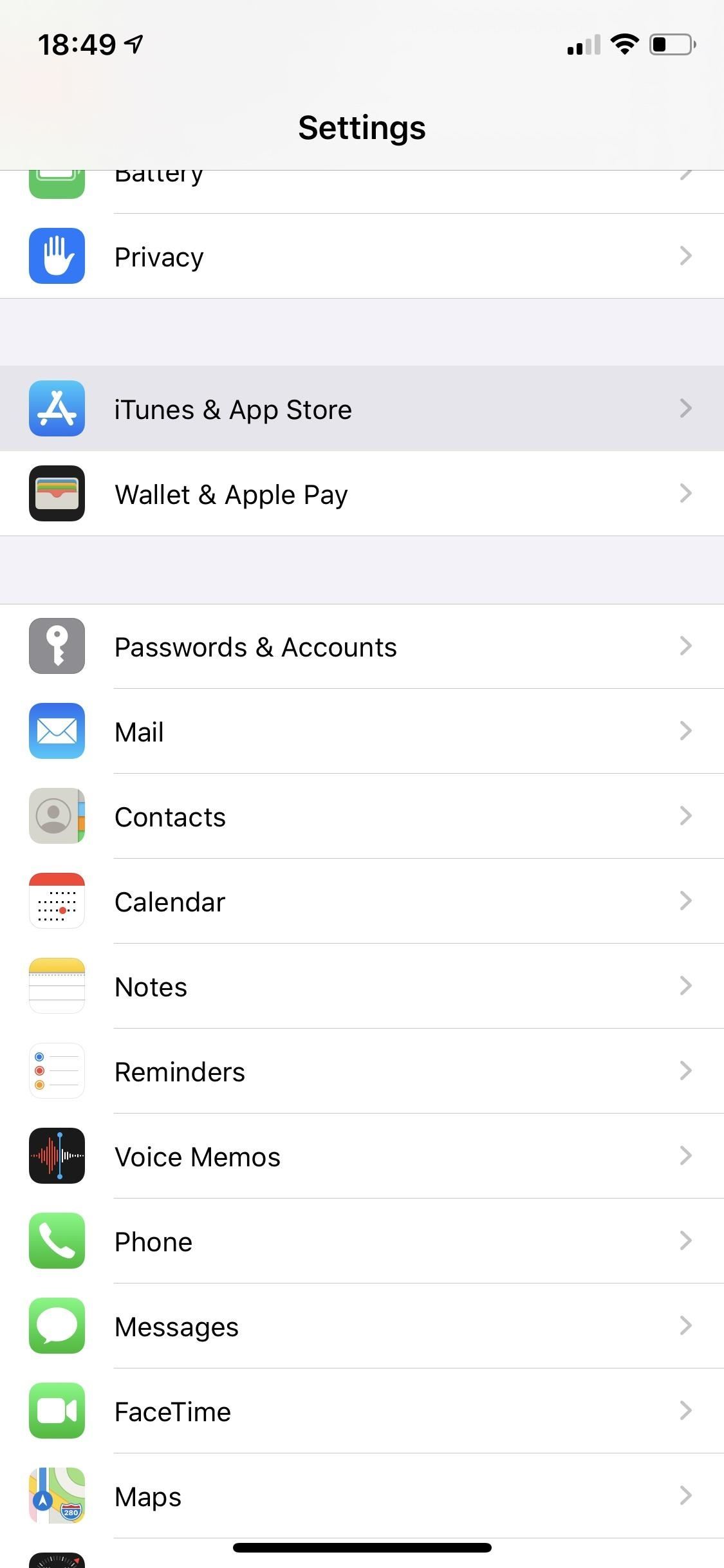Gartner diary
While the official line on Web services may be ‘wait and see,’ XML is making its way into quite a few new products
“ALL OF MY CLIENTS are asking about .Net. What is it? Do I need it?”
“Hello, your server has crashed. What do you want to do?”
“The White House said today … Reporting from the White House … A White House spokesperson … ”
By themselves, each of these overheard voices doesn’t add up to much. At the Gartner Symposium ITxpo in San Diego last week, it was no big surprise to hear that Microsoft has been busy making a market for its XML Web services platform. Nor was it an earthshaking revelation that several vendors had hooked system management consoles up to voice-responsive pagers. And every time the CNN reporter on the TV monitor said the White House, many of us involuntarily glanced up to listen for new developments in the Middle East.
At first blush the Gartner conference seemed curiously devoid of any theme. A tour of IBM’s Office of the Future seemed promising at first: movable walls, screens, and desk; tasks broken out on a separate monitor; an automated projector that positioned a display according to a worker’s location and identity profile. But ultimately it was hard to imagine a CTO bursting into the CEO’s office to announce, “It’s a desk on wheels! We’re saved!”
After the Bubble, IT has less faith and no budget to invest in technology as a white knight. Instead, there was more of the professional shrink approach: “What do you think it means?”
Tuesday morning’s Mastermind Keynote with Computer Associate’s President and CEO Sanjay Kumar felt more like a mugging than an interview, but it had the odd effect of eliciting sympathy for CA — no small feat. Still, I couldn’t dispel the faint taste of a World Wrestling Federation event staged by promoter Vince McMahon, as Kumar shook hands with his interrogators at the end.
Yet slowly but surely, all of these random data points began to form an image. Remember the halftone newspaper photos — dots on a white background? But as you pull back, the picture emerges. And not surprisingly, the connecting thread lay just beneath the surface of virtually every product — Web services.
Even where the jury is still out on Web services — “we’re waiting for customers to ask for it” — the underlying infrastructure of enterprise products is deep in XML. J.D. Edwards is readying a SOAP (Simple Object Access Protocol) wrapper for its APIs, while Lawson is “examining Web services opportunities.” But Lawson just acquired what it’s calling Smart Notification, real-time notification collaboration and workflow technology built on top of an e-mail architecture and, yes, XML.
For every problem, there’s a solution, the Gartner tag line reminds us. And for every problem, there’s a Magic Quadrant, too. Gartner calls this real-time alerting segment BAM, as in Business Activity Monitoring. BAM startups at the conference included Praja, Inciscent, and MIRLogic, which featured a voice-enabled Motorola pager that notified a remote worker of a system outage and took action based on a spoken command.
Building a real-time alerting infrastructure may at first glance seem ready-made for a full-bore IBM Global Services deployment, but Web services may upend that scenario by providing low barriers to entry for business-class developers and drag-and-drop development tools. As vendors provide XML APIs to their point solutions, the door opens for products such as firstRain and its RAD Snippets component technology. Snippets are created by dragging a box around desired data on a Web page and then using the underlying metadata for alerting, notification, personalization, and querying.
Gartner and most analyst houses have taken a cautious approach to Web services until recently, calling out lack of security and asynchronous transactional capabilities as gating factors outside the firewall. But that’s not slowing startup Journee down. Its ServiceStream technology acts as a hub for real-time transactions through bidirectional data integration and synchronization between front-and back-office systems.
The company is capitalizing on integration not just between systems but between multiple silos of Siebel or SAP data in business units within the enterprise. By the time the Web services stack matures enough to venture outside the firewall, the aggregated data infrastructure will be largely carried via XML.
And last but not least, Fast-Talk showed a real-time audio search engine that brings audio and video into the Google Age, consuming .wav files 10 times faster than their playing length. The demo searched 10 hours of CNN video for instances of the words “White House” and queued the results up so that you could click on each instance and immediately start playing the file at the keyword location. An XML API is in the works.
It’s no longer a question of whether, but how long, with Web services. The exponential momentum that XML infrastructure enables is already reaching critical mass.
Vendors are busy carving up vertical slices of the expanding Web services pie. Gartner may be hard-pressed to manufacture enough Magic Quadrants to contain the tsunami.




